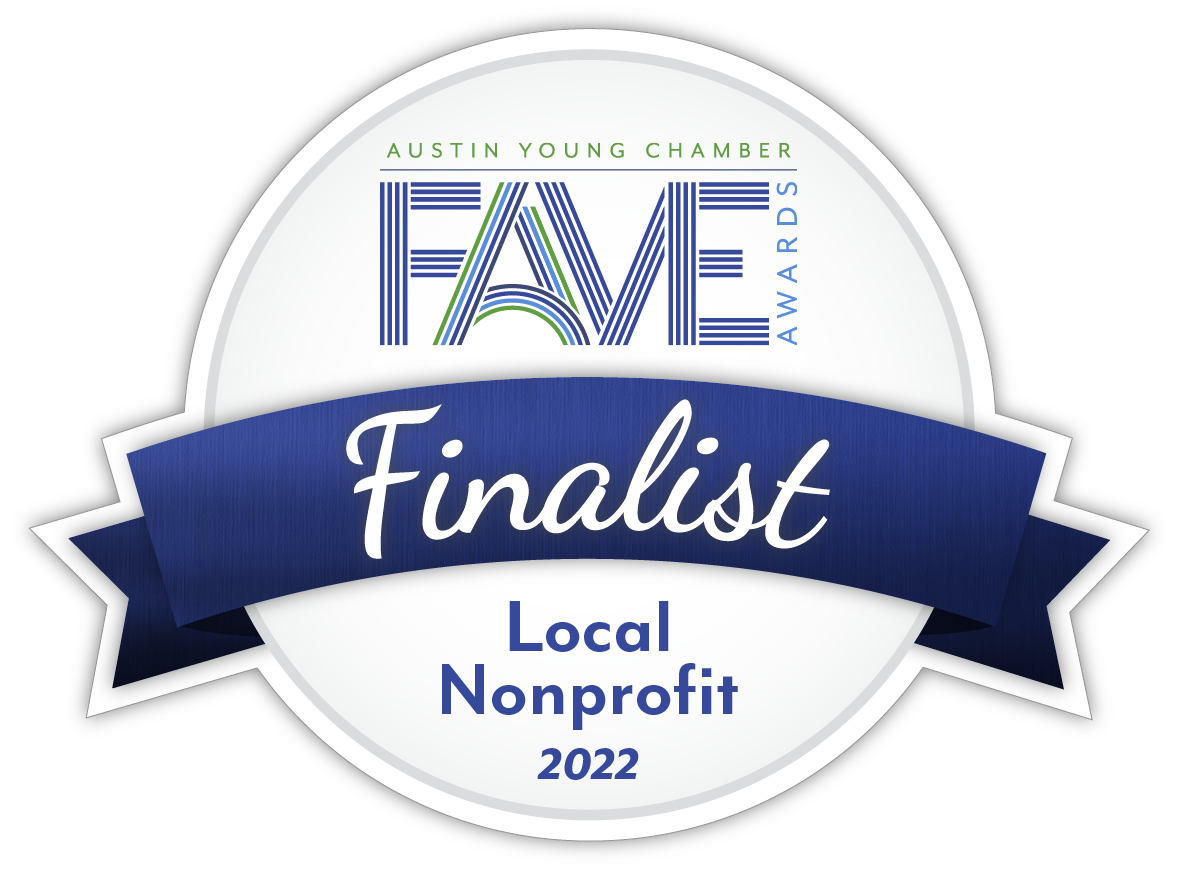Summer Reading by Dr. Sarah Dooling
Summer is the best time to dive into books that you weren’t able to get to during planting season. Below are some of my favorite reads from this summer.
- Rambunctious Garden by Emma Marris.
Marris is a journalist who is able to write about nuanced and complex issues with ease and straightforward language. This book asks provocative questions about how one might create a world capable of thriving under conditions that are very different from what we know now. The rambunctious garden is a metaphor that describes how nature these days is a hybrid of wildness and people. We have long influenced the distribution of plants and genetic composition of trees, and in this era of climate change, the hybrid reality of nature is undeniable. Marris follows researchers investigating places where species are coming together in communities that have not been recorded in human history. These novel ecologies and discussions of hybridity challenge people to think in longer time frames about adaptation and persistence in rapidly changing environments. A great read for people interested in climate change and ideas of environmental futures.
- Urban Forests: A Natural History of Trees and People in the American Cityscape by Jill Jonnes.
Jones is also a journalist who appreciates the historical complexities of trees and urbanization. The world has entered an age of urbanization, with nearly four-fifths of Americans living in and near cities. Jones describes the early pioneers who promoted the planting of trees and using trees in urban designs. Many chapters have devoted the stories of the American Chestnut and American Elm trees, and the variety of threats that decimated these trees. The book concludes with a call for urban forestry as a professional and an urban agenda in the service of building cooler, liveable cities for all residents. A great read for urban history buffs and people interested in forest stewardship.
- PawPaw: In Search of America’s Forgotten Fruit by Andrew Moore.
Did you know that pawpaws were once a large part of the American diet? Moore’s book is a fascinating account of the histories associated with growing and eating pawpaw fruit. Also known as the poor man’s banana, the pawpaw fruit sustained Native Americans and early settlers, and inspired African American culinary culture during slavery. This book explores the diverse histories of the fruit and spends time describing how pawpaws were replaced by bananas in the produce aisle. Moore’s book weaves history, folklore, and science that creates a compelling narrative about a tree and fruit that so few people know about these days. A great book for fruit tree enthusiasts!

